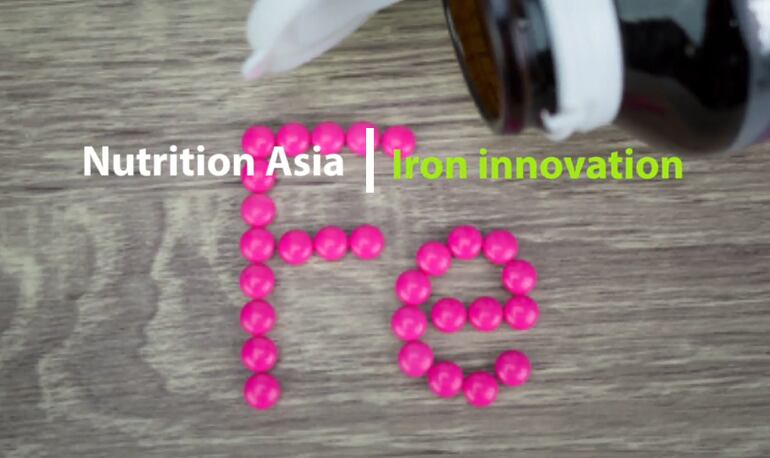This association was especially evident in women suffering from two types of anaemia, namely microcytic and normocytic anaemia.
This is the second scientific study that the China health foods giant has published from its cross-sectional study of NAD+ levels in male and female populations in Tangshan city, northern China between 2019 and 2020.
The first paper, published in Frontiers in Endocrinology, found that NAD+ loss was significantly higher in middle-aged men than women during ageing.
The second paper, published in Journal of Cellular and Molecular Medicine, looked specifically at the NAD+ levels and its links with anaemia rates in women.
Data from 727 women with a mean age of 42.7 years old were included in this particular analysis.
Their NAD+ levels were measured based on the amount found in their blood.
Blood samples were collected from their large antecubital veins – veins from the upper limb – after an overnight fasting.
The researchers than group these women into four quartiles based on the NAD+ levels found in their blood.
The first quartile, also the quartile with the lowest NAD+ level has less than 27.6μM of NAD+, the second quartile has NAD+ level between 27.6 and 31.0μM, the third quartile between 31.0 and 34.5 μM, and the final quartile at 34.5μM and above.
Anaemia was determined by haemoglobin (Hb) concentration, while the subtypes of anaemia that the women suffered from were further assessed based on mean corpuscular volume (MCV) in blood.
Lowest quartile, highest prevalence
Results showed that anaemia was most prevalent among women in the lowest NAD+ quartile.
In the lowest quartile, 19.7 per cent, equivalent to 35 out of 178 women, were found to have anaemia. Their Hb concentration was 130.1 ± 15.6g/L.
The percentage became lower further up the quartiles – at 4.8 per cent in quartile 2, 3.4 per cent in quartile 3, and 2.7 per cent in quartile 4.
The Hb concentration for women in quartile 2, 3, and 4 showed an upward trend – at 135.6 ± 11.0g/L, 138.4 ± 9.4g/L, and 139.8 ± 9.2g/L respectively.
“Compared with the first quartile of NAD+, proportion rates of anaemia in the 2th-4th NAD+ quartile (25th percentile-100th percentile) was also much lower,” the researchers pointed out.
Aside from Hb concentration, other blood-related parameters were also found to be significantly associated with NAD+ levels.
One of them is mean corpuscular volume (MCV).
The findings showed that MCV was lower in women with low NAD+ levels, than those with higher NAD+ levels.
In women with the lowest quartile of NAD+, their MCV was 89.9 ± 8.7 fL, followed by 91.6 ± 6.5 fL in quartile 2, 93.1 ± 4.7 fL in quartile 3, and 93.1 ± 4.2 fL at quartile 4.
Types of anaemia
Another finding was that low NAD+ was most prevalent in women with microcytic anaemia and normocytic anaemia.
In total, there were 29 women with microcytic anaemia, of which, 18 were from quartile 1, seven from quartile 2, three from quartile 3, and one from quartile 4.
As for normocytic anaemia, a similar trend was also seen.
Fifteen women with normocytic anaemia was from quartile 1 while this decreased to four at quartile 4.
From the results, the researchers said there was evidence for the relationship between NAD+ levels and anaemia among women.
“In our study, there were positive associations between NAD+ levels and haematological parameters including Hb, MCV, MCH, MCHC and RBC. Our result implied that, NAD+ might be a new indicator for anaemia among women, especially in microcytic anaemia and normocytic anaemia.”
However, they also pointed out that due to limited data, the association between NAD+ level and specific anaemia subtypes according to the pathogeny could not be analysed.
“Whether NAD+ is involved in the occurrence and development of anaemia, has core effect or just was accompanied by appearance, still need to be studied in future research,” they said.
Source: Journal of Cellular and Molecular Medicine
Association between NAD+ levels and anaemia among women in community-based study
https://doi.org/10.1111/jcmm.17281
Authors: Fan Yang et al





